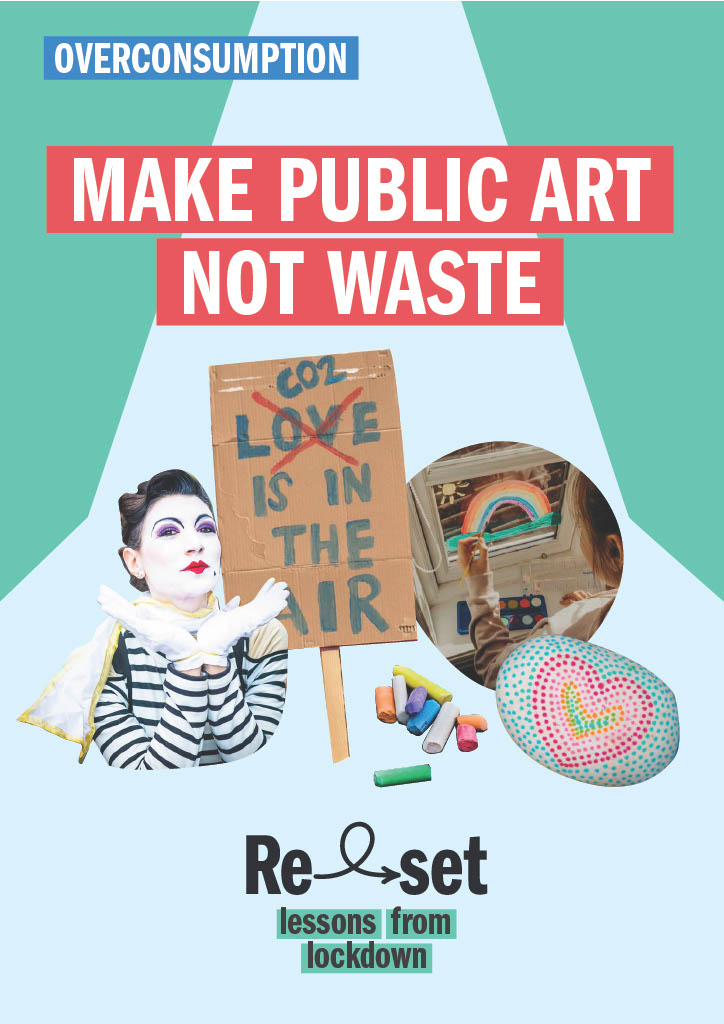The pandemic reminded people of the importance of community – both locally where neighbours responded to the need to help each other – and globally where our shared humanity and vulnerability became painfully obvious thanks to a virus. People across the world also turned to public art and creativity, using their bodies, imaginations and voices to bring shared hopes and fears to the attention of others in their community. Public art and expression is important because it brings live issues into our everyday spaces and forms a key role in a flourishing and sustainable society by revealing our evolving culture.
Participation in the arts enlarges the imagination, and rehearses different ways of being, allowing us to countenance change, or reframe our experiences, equipping us better for change. In other words, it rehearses imaginative capacities that we will radically need in the coming times – and importantly, it reminds us we are not alone.
– Zoe Svendsen, Director, Metis
The pandemic has helped us to view our public spaces differently – perhaps less as places to simply shop, or walk through on the way to somewhere else, and more as destinations in themselves. As tech encourages us to stay at home and have everything our hearts desire delivered by a drone, the real world offers diversity, difference, sensations, experience as yet unparalleled by virtual reality. It’s time now to get out there and participate.

This story is part of the Reset series – a collection of short downloadable stories that look in more detail at over consumption and unnecessary travel. They consider some of the key messages and solutions that have become apparent during the pandemic that could help us make the rapid transition to a more sustainable future.
This guide has been made possible by the support of ClimateWorks Foundation.
 From decorated stones left in public parks, to chalked pavements and doorstep theatre, making public art flourished during the pandemic. It demonstrated the benefits to human well being of making art can be more widely enjoyed, brought communities together, and democratised an activity that can be a powerful alternative to consumerism. More widely, it is now being taken up and used directly to challenge the overconsumption behind the climate crisis.
From decorated stones left in public parks, to chalked pavements and doorstep theatre, making public art flourished during the pandemic. It demonstrated the benefits to human well being of making art can be more widely enjoyed, brought communities together, and democratised an activity that can be a powerful alternative to consumerism. More widely, it is now being taken up and used directly to challenge the overconsumption behind the climate crisis.